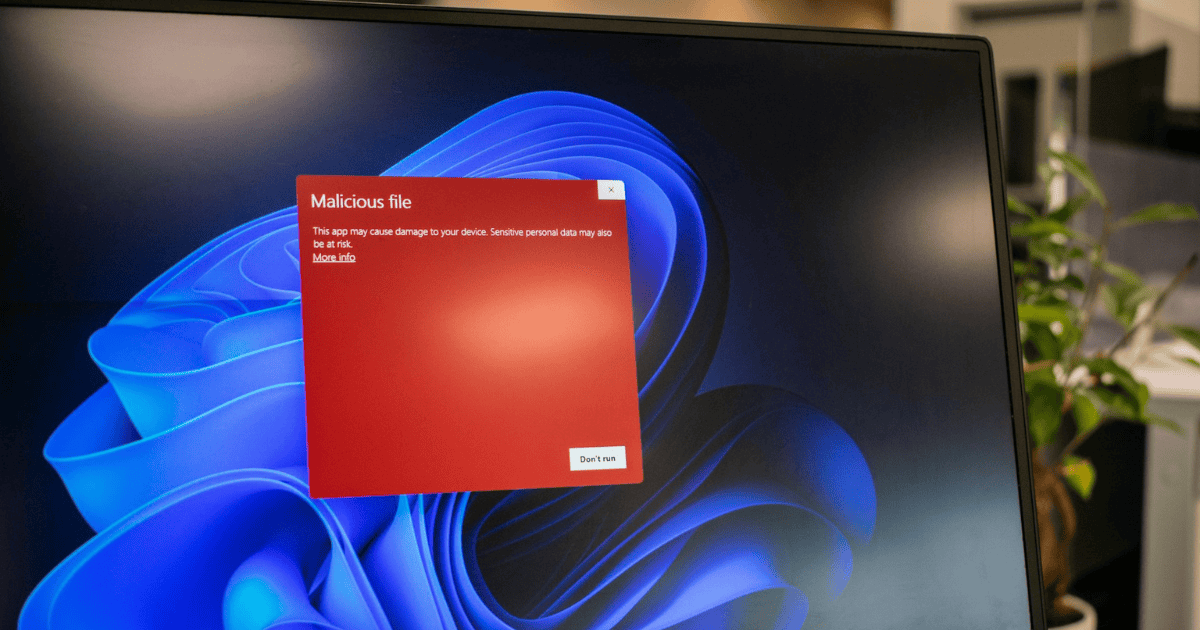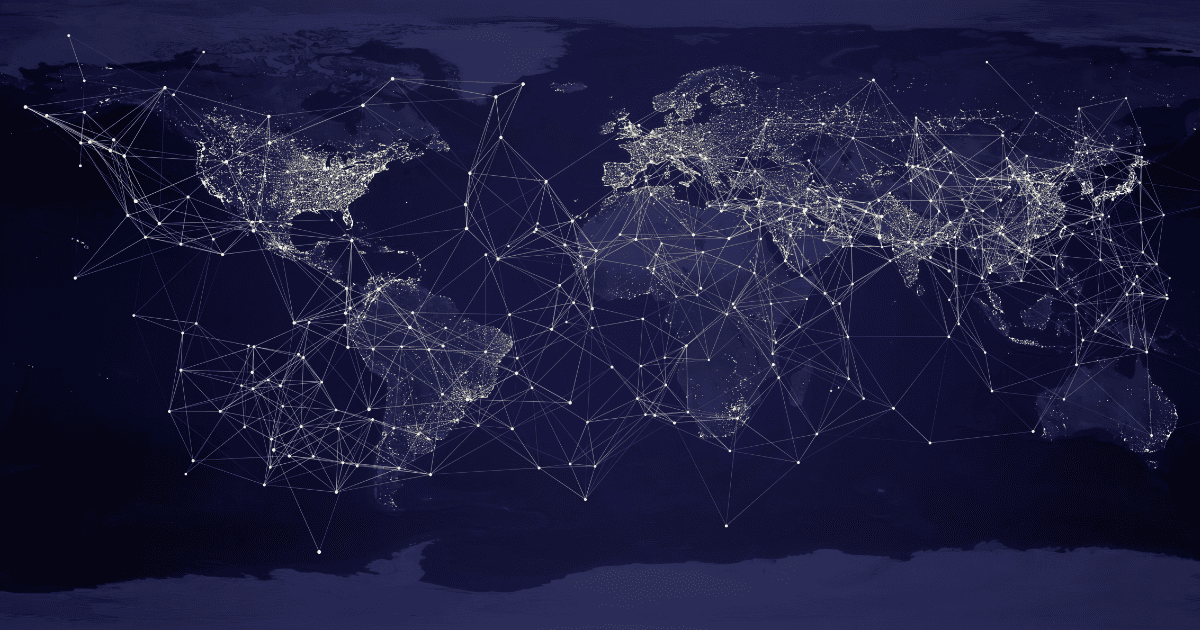Last Updated on 7 June 2023 by admin
Table of Contents
Our top tips for charities to achieve better cyber security
It’s no secret that charities and not-for-profit organizations don’t always have the most robust security in measures place. Achieving sound cyber security for charities without the right practices is becoming increasingly challenging. Holding valuable information regarding stakeholders and substantial funds inevitably makes associations an attractive target to malicious actors. Cyber criminals often consider organizations within this sector low-hanging fruit.
More than a quarter of charities were affected by cyber breaches or attacks in 2020. So, this blog will discuss how to prevent falling victim and fortify your charity’s external perimeter.
Why are charities targeted in cyber attacks?
The Cyber Security Breaches Survey 2019 revealed that over 66% of high-income charities recorded a breach or attack in 2018. More than 80% of those were instances of phishing, and that number has since risen. Outdated or substandard cyber security has become a critical issue for charities. In fact, more than 25% reported an attack in 2019 and The Cyber Security Breaches Survey has declared that charities are more exposed than ever.
There are a number of cyber attacks that charities are vulnerable to, including:
- Denial of Service (DoS)
- Compromised accounts
- Phishing
- Ransomware
In today’s digital world with an ever-growing attack surface, size doesn’t guarantee safety – even the largest charitable organizations are targeted. The worlds leading human rights group Amnesty International fell victim when malicious code was sewn into its website, directing any traffic to an exploit site that instantly downloaded malware onto their devices. Inevitably, the more assets you have – from sensitive information to finances – the more your attack surface grows.
Many cyber security representatives feel they don’t know how – or don’t have the capacity – to adequately track, monitor, and manage their digital assets. Full visibility of your attack surface is critical, no matter the nature or size of the organization.
What are the implications of a successful cyber attack?
With a changing threat landscape, investing in your cyber security is fast becoming a necessity. Data breaches can cause serious disruption, for example, a DDOS attack could mean that the charity’s site is unable to take donations. In the worst-case scenario, it could be totally detrimental. Falling victim to a cyber attack can of course negatively affect the public perception of the organization and influence trust from donors and beneficiaries.
Also, it is important to note that data breaches can be very expensive and difficult to recover from, especially from a compliance perspective. So, it is best to prepare for the growing threat landscape by adapting to a more streamlined security strategy.
If your charity does fall victim to such an instance, it can be reported to Action Fraud and also the Charity Commission.
How can charities protect themselves against cyber threats?
A proactive approach to cyber security has fast become a necessity for many organizations. They need to know what their assets are, where they are located, and how to respond and remediate any vulnerabilities. Below are 5 tips to help improve your cyber security.
1. Routinely update software
A key issue that many organizations face – not just the smaller ones – is that they don’t update their systems and software often enough. Updates are there for a reason, and usually include essential security amendments to help protect your organization from threats. Ensuring that you are up to date is one of the best ways to secure your external perimeter – don’t ignore those reminder notifications! A proactive mindset is vital to sustaining robust security.
2. Implement cyber security awareness training
Staff and volunteers must be made aware of the dangers, so sufficient cyber security training is vital. Employees pose a risk to the overall security posture, expanding the physical or human attack surface. In fact, human error accounts for a substantial proportion of successful cyber attacks and data breaches. So, charities must enforce a sound understanding of cyber threats and practices among anyone that has access to associated devices and accounts. Recognition of what’s at stake is key, especially if you don’t have specialist staff.
3. Promptly patch misconfigurations
Security misconfigurations leave your data exposed to cybercriminals. They can be hard to identify (potentially present within different kinds of systems) and if unattended to, can pose serious repercussions. Due to the dynamic nature of malware, for example, it can easily be tailored to exploit vulnerabilities, so patching misconfigurations is an important task that should not be overlooked.
4. Prepare for growth
Naturally, your security strategy needs to be scalable to grow in line with the charity’s growth. You will thus need to ensure that your software is sustainably optimized for scalability and automating routine tasks helps operational efficiency. If you arent using an automated approach yet, such as continuous security monitoring (see our next tip), be sure that your team is attentive, and any incidents are directly addressed and recorded immediately.
5. Adopt a continuous cyber security monitoring solution
Clearly, it is very important to consider long-term and proactive security processes that ensure you operate safely. As mentioned in the previous tip, continuous security monitoring (CSM) automates security to provide real-time actionable information to help you make more informed security decisions.
CSM solutions, such as active attack surface management, asset discovery, and vulnerability scanning, are key tools for security and IT specialists. Instant access to key security metrics helps CISOs assess their overall security posture. There are countless benefits of CSM, such as easing the burden of mundane tasks and staying ahead of attackers. Therefore, we should expect an increase in charities embracing this form of security.
Fundamentally, monitoring your internal network alone and only using endpoint security measures no longer suffice. Of course, there is no omnipotent form of cyber security, but CSM is a very good place to start as we look to the future.
How Informer can help
Responding appropriately to growing threats is key. Can you really afford to ignore the growing threat? Informer is a trusted continuous security monitoring platform that offers a range of services to empower organizations to take the reins. Book a demo with our friendly team today to find out how you can improve your overall digital health and prevent a cyber attack.





